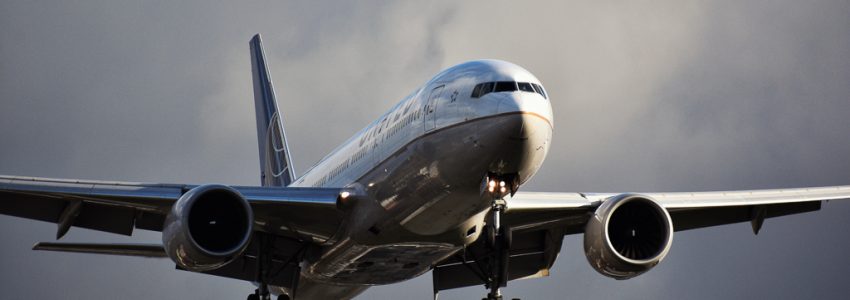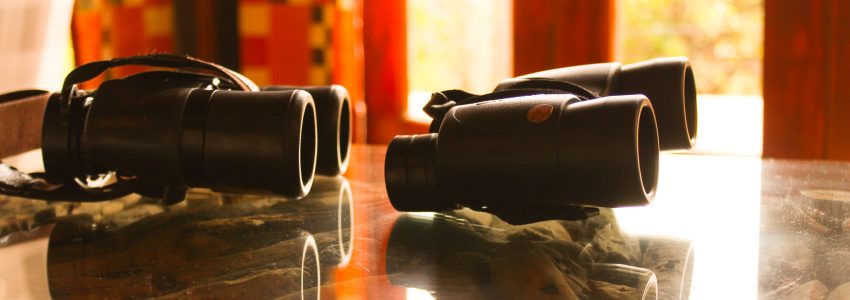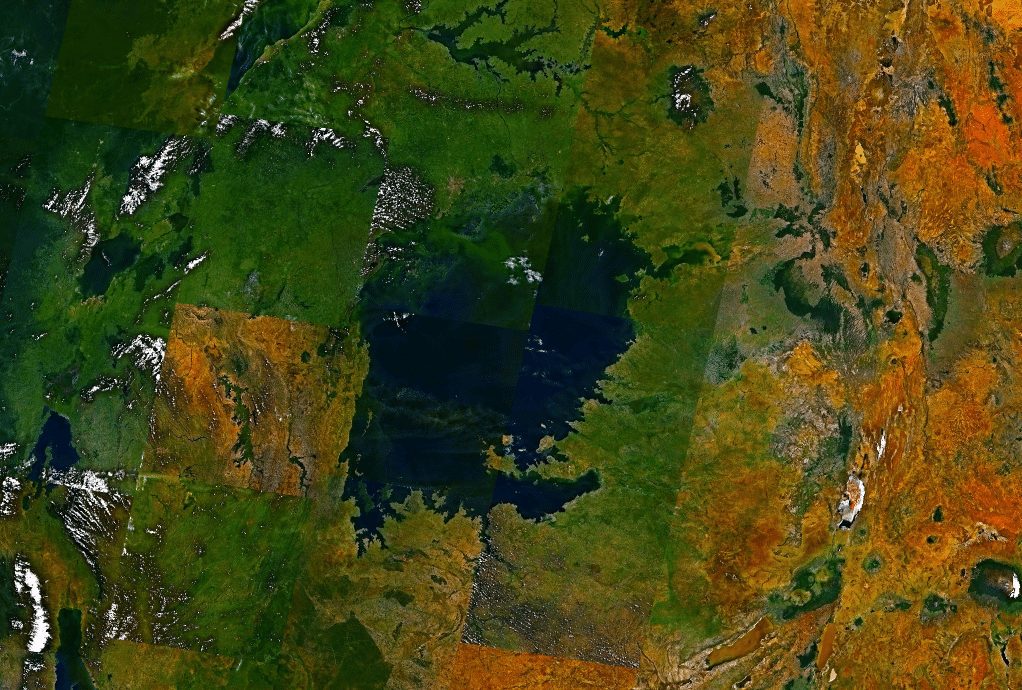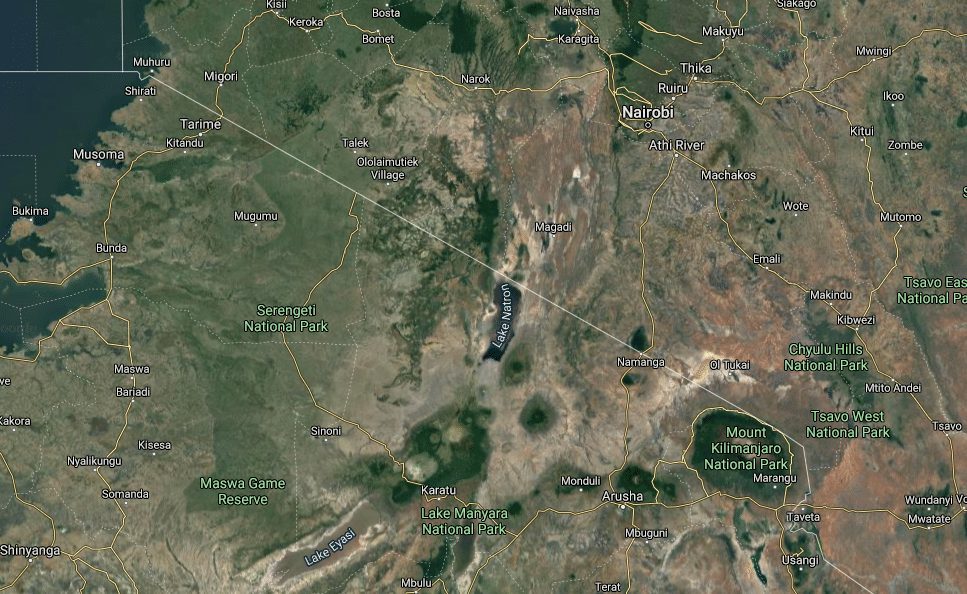Your birding trip is booked, and now it is time to book your air ticket. This can prove to be quite costly, so will require a little research to make sure that you are getting good value for money. You need to be aware that there are sometimes hidden costs or additional costs should you make a mistake and need to change something on the ticket booking.
No matter how you choose to book, whether online or through an agent, here are some tips to help you keep your ticket booking process in check.
Read Fare Rules
There may be specials running for cheaper tickets. You should always read the fare rules for changes and cancellations before booking the ticket. You may find that cheaper tickets are non-refundable and will incur costs for any changes. The more flexible tickets tend to be more expensive.
Does it include airport taxes?
If you see a special offer advertised, check the T&C’s on the advert and ensure that the advertised price does include airport taxes. Some adverts do not mention excluding airport taxes, because the seemingly lower rate will appeal to purchasers.
Does it include baggage charge?
Check your ticket to make sure that it includes the baggage charge. Some airlines only notify you of this when you have already purchased the ticket.
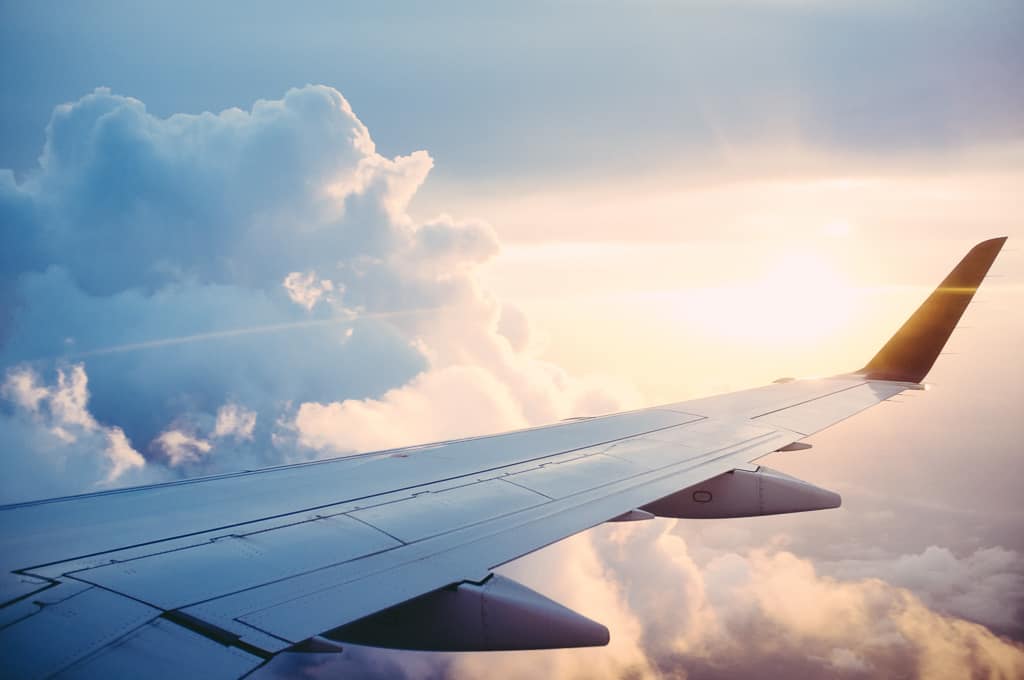
Get a return ticket
It works out cheaper to purchase a return ticket over purchasing two one-way tickets. Consider this when planning your itinerary for your trip.
Check connecting flight times
Allow yourself extra time between connecting flights. You never know what may happen with a flight that may end up delaying your landing time. Also, you may want to check up on airports and the amount of security checks you will experience, because this will slow down your time to get to the next flight. A general estimate of a safe time between flights for domestic flights is 2 hours, and international is 3 hours.
Should you need to change airports, your travel time from one to the other must be factored into this as well.
Visas
If you are crossing borders between countries, check that you will not require additional visas for the different destinations.
Different baggage policies
When your flights happen to be with different airlines, pack your luggage according to the airline with the most restrictive baggage policy. If you choose to go with a different allowance, it is likely that you will need to pay excess baggage charges with the stricter limits on an airline.
Choosing your seat
If you decide to choose a pre-booked seat with an airline, check if there is an additional fee. Most airlines will charge an extra fee for this. If you want to avoid this charge, select your seat from the remaining available seats at check-in online or at the airport.

Get travel insurance
Buy your travel insurance around the same time as you do your air ticket. In this way, if you have an unexpected cancellation before the trip, you will already be covered. The insurance company will still likely request a valid reason for cancellation, though.
Use reputable airlines
Use long-standing and reputable airlines. Avoid purchasing tickets on new airlines until they have proven their reliability and financial sustainability. When airlines shut down, tickets are not refunded.
The airline industry is constantly changing and so are the rules. It is important to research and make sure you are clued up on what you are paying for. Travel is exciting and will always pay dividends on your investment with much joy and many memories.
Now that you have your ticket in line, you can look forward to your birding tour with us and experience the wonder of the natural world. You can contact us here.

